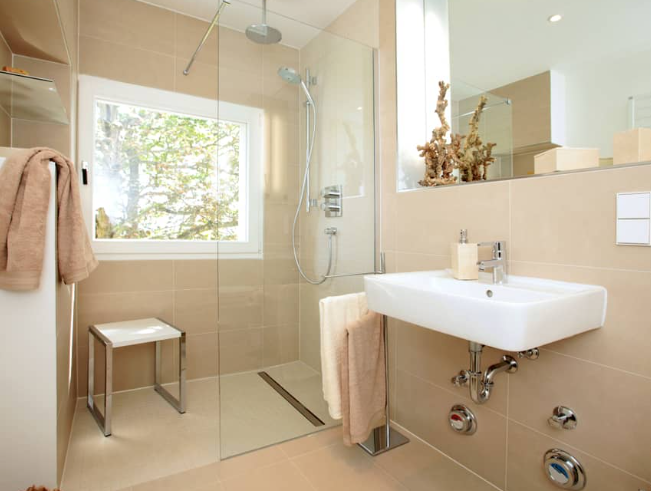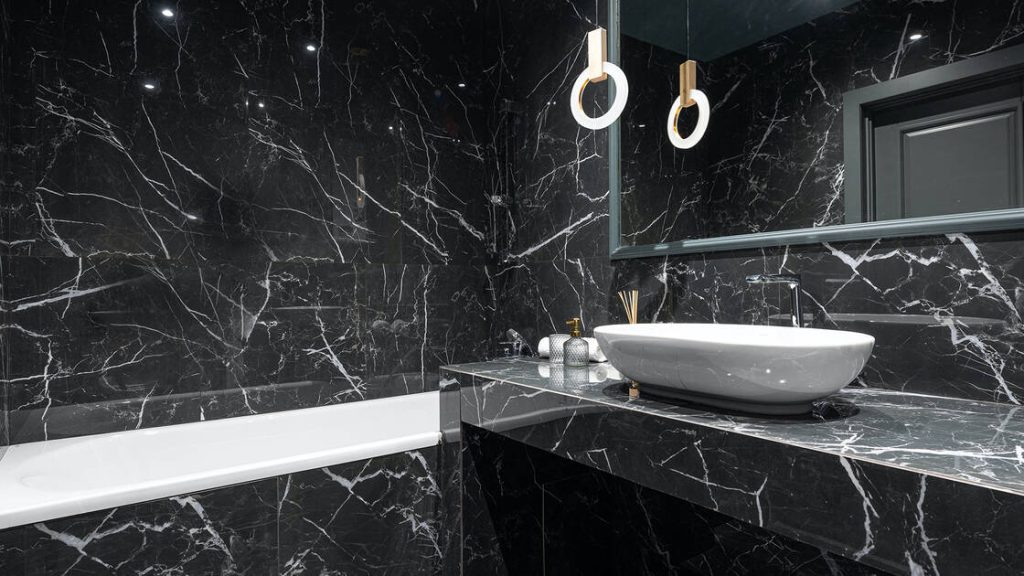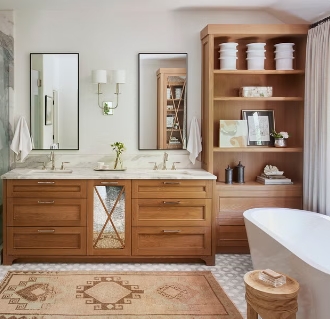Why Accessible Design Matters
In a world where inclusivity is paramount, designing small bathrooms with accessibility in mind is vital. These spaces often face unique challenges, making it essential to prioritize functionality and comfort. Whether you’re renovating an existing bathroom or planning a new build, understanding accessibility options can transform a cramped area into a welcoming haven for everyone.
Essential Elements of Accessible Bathroom Design
When designing an accessible small bathroom, a pivotal element is ensuring ease of movement. This can be achieved by maintaining a clear floor space of at least 5 feet in diameter, allowing for wheelchair or walker navigation. Keep fixtures and furniture simple and low-profile, which minimizes obstructions and maximizes mobility.
Another critical feature is the selection of appropriate fixtures. Consider installing a wall-mounted sink that provides knee clearance or a shallow vanity that doesn’t impede movement. Grab bars, strategically placed near the toilet and shower, enhance safety, allowing users to maintain stability while moving about the space. Additionally, lever handles on faucets and doors can be easier to operate for those with limited grip strength.
Smart Design Choices for Small Spaces
Incorporating smart design choices can make a significant difference in tiny bathrooms. For instance, sliding doors save valuable space that swinging doors would typically occupy. When it comes to showers, walk-in designs with low thresholds or curbless entries can increase safety and accessibility, making it easier for individuals of all ages and abilities to enter and exit.
Lighting is equally important; well-placed lights can enhance visibility and safety. Consider installing motion-activated lights or lights with adjustable brightness to cater to different needs. Furthermore, using large-format tiles in lighter colors can create an illusion of spaciousness, making the bathroom feel larger while still accommodating accessibility needs.
Budget-Friendly Accessibility Upgrades
You don’t need to break the bank to make your small bathroom accessible. Many upgrades can be made inexpensively, such as replacing traditional faucets with lever-style models. Another cost-effective option is to add non-slip mats or tiles in the shower and near the sink to prevent falls, enhancing the overall safety of the space.
Additionally, using a shower chair can provide comfort and security for those who may need to sit while bathing. Installing a handheld showerhead can further ease the bathing process, allowing users to direct water where it’s needed without straining. Finally, consider decluttering the space and organizing essentials within easy reach; a clean and neatly arranged bathroom can significantly improve accessibility.
Conclusion
Designing a small bathroom for accessibility doesn’t have to compromise aesthetics or functionality. By thoughtfully incorporating key design elements, you can create a space that is both inviting and practical for everyone. Explore your options and take the first step towards a beautifully accessible bathroom today!



